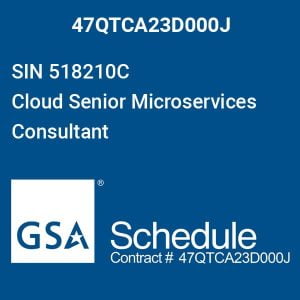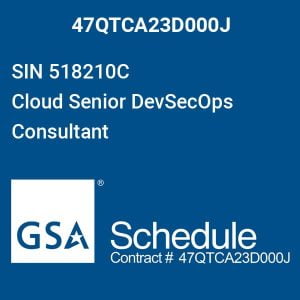AI budget tools Cost Saving AI Solutions for Private Schools
Hey there! Are you feeling like your school’s budget is playing a never-ending game of musical chairs? Trust me, you’re not alone in this struggle. With financial pressures on the rise, private schools are constantly seeking innovative ways to make each dollar count without sacrificing the quality of education they provide. Enter AI budget tools—your new best friends when it comes to smart and efficient cost management. Imagine a system that doesn’t just predict your expenses but also suggests how you can allocate resources most effectively for your school’s unique needs. Sounds like something from a sci-fi movie, right? Well, it’s real life now, thanks to the advancements in artificial intelligence. Let’s dive into how these intelligent solutions can transform budgeting for private schools and keep you one step ahead.… Continue readingAI budget tools Cost Saving AI Solutions for Private Schools












